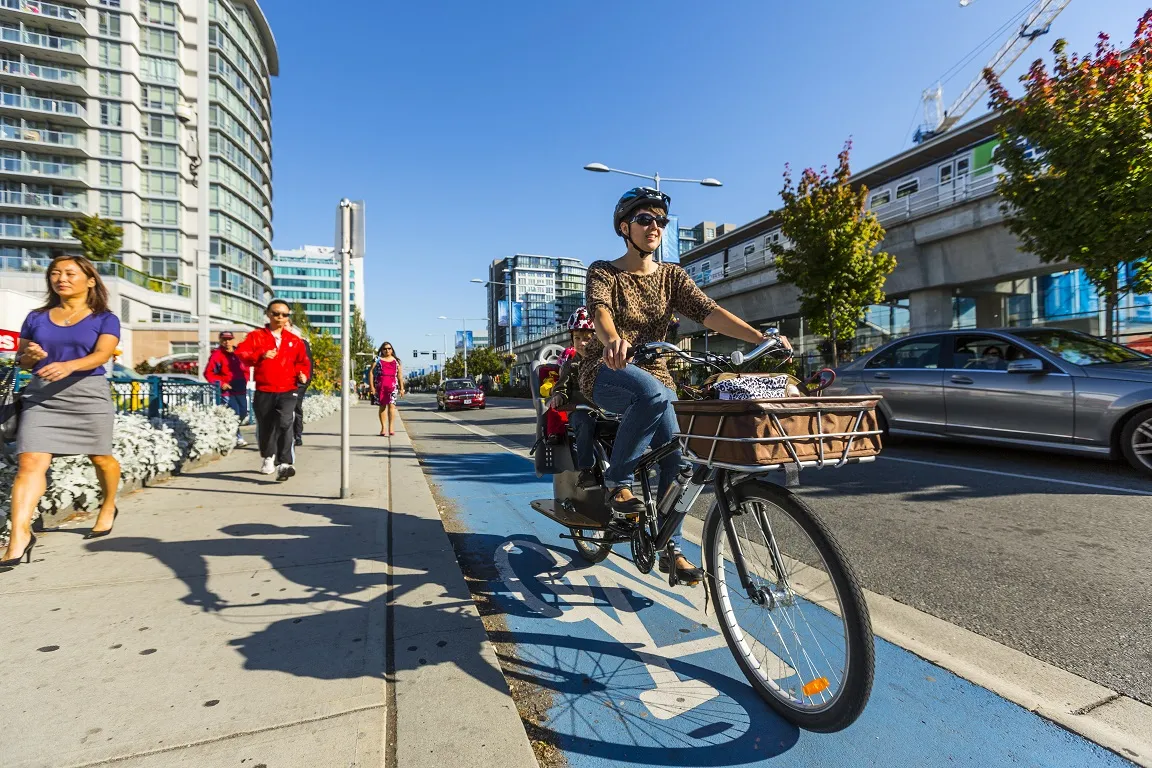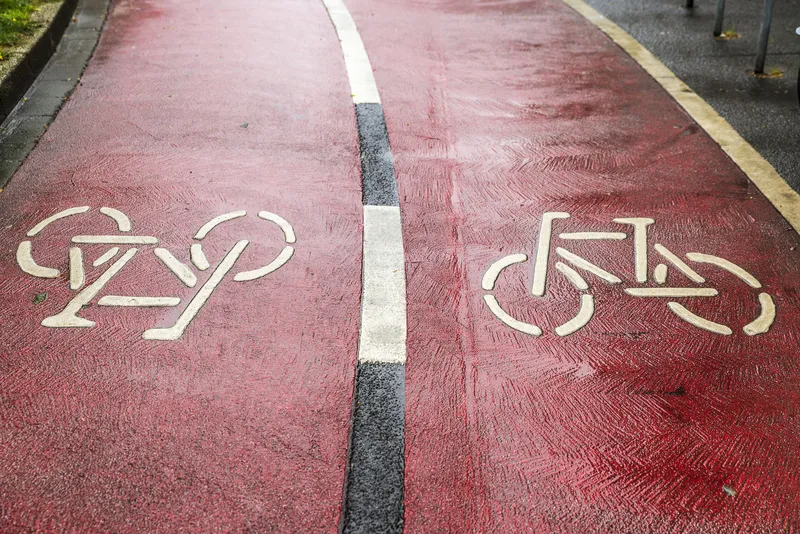On the 120th anniversary of the completion of London’s Tower Bridge, Arup, along with architects HOK, has unveiled its plans for a new bridge across the River Thames.
The US$1 billion concept, called ‘Bridge East London’, would help transform leisure and business travel and enhance life in the east of the capital. It suggests a new road bridge over the River Thames, linking Beckton and Thamesmead at Gallions Reach.
The proposed bridge would allow clear passage for ships and takes into account aircraf
July 1, 2014
Read time: 2 mins
On the 120th anniversary of the completion of London’s Tower Bridge, Arup, along with architects HOK, has unveiled its plans for a new bridge across the River Thames.
The US$1 billion concept, called ‘Bridge East London’, would help transform leisure and business travel and enhance life in the east of the capital. It suggests a new road bridge over the River Thames, linking Beckton and Thamesmead at Gallions Reach.
The proposed bridge would allow clear passage for ships and takes into account aircraft taking off or landing at City Airport. It would also provide a much needed link for cyclists, who will be able to enjoy a segregated cycle path, and open up new bus routes crossing the river.
Colin Stanbridge, chief executive, LCCI, says: “Nearly half of London’s population lives east of Tower Bridge yet they are served by only two fixed road river crossings.”
“London’s infrastructure is already under pressure and as the city’s population continues to grow it is more important than ever that we provide better accessibility and connectivity to integrate communities. Infrastructure projects such as Crossrail are going a long way to help increase capacity but this proposed bridge could provide a much needed link for east London,” commented Arup director Stephanos Samaras.
“Improving connectivity and accessibility is a key element of the regenerative process, and we strongly believe that a new bridge in this location will act as a powerful stimulant to growth, the strengthening of local communities and businesses, and the enhancement of the local environment,” said Richard Gammon, HOK’s global director, Aviation + Transportation.
The US$1 billion concept, called ‘Bridge East London’, would help transform leisure and business travel and enhance life in the east of the capital. It suggests a new road bridge over the River Thames, linking Beckton and Thamesmead at Gallions Reach.
The proposed bridge would allow clear passage for ships and takes into account aircraft taking off or landing at City Airport. It would also provide a much needed link for cyclists, who will be able to enjoy a segregated cycle path, and open up new bus routes crossing the river.
Colin Stanbridge, chief executive, LCCI, says: “Nearly half of London’s population lives east of Tower Bridge yet they are served by only two fixed road river crossings.”
“London’s infrastructure is already under pressure and as the city’s population continues to grow it is more important than ever that we provide better accessibility and connectivity to integrate communities. Infrastructure projects such as Crossrail are going a long way to help increase capacity but this proposed bridge could provide a much needed link for east London,” commented Arup director Stephanos Samaras.
“Improving connectivity and accessibility is a key element of the regenerative process, and we strongly believe that a new bridge in this location will act as a powerful stimulant to growth, the strengthening of local communities and businesses, and the enhancement of the local environment,” said Richard Gammon, HOK’s global director, Aviation + Transportation.










